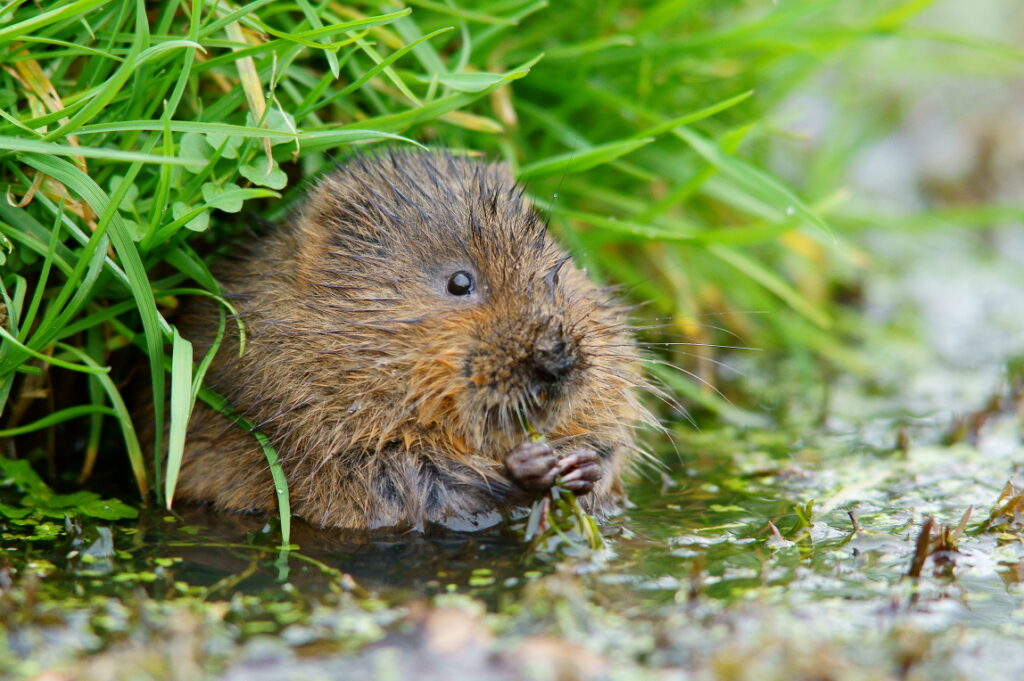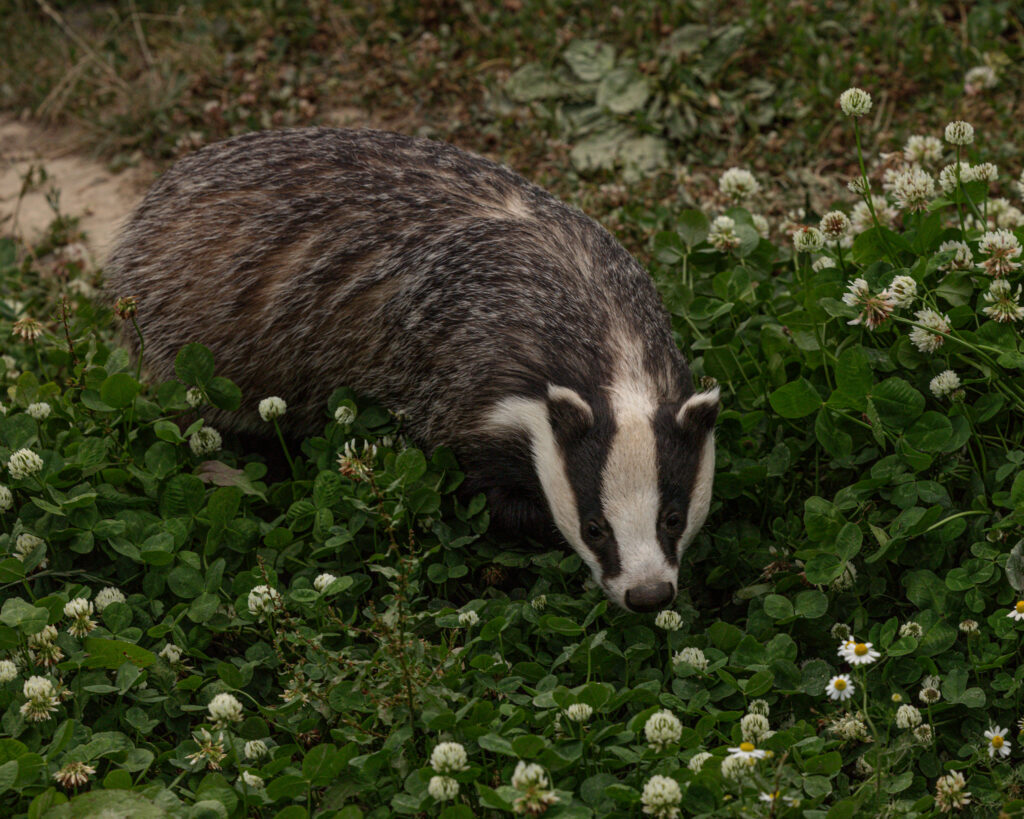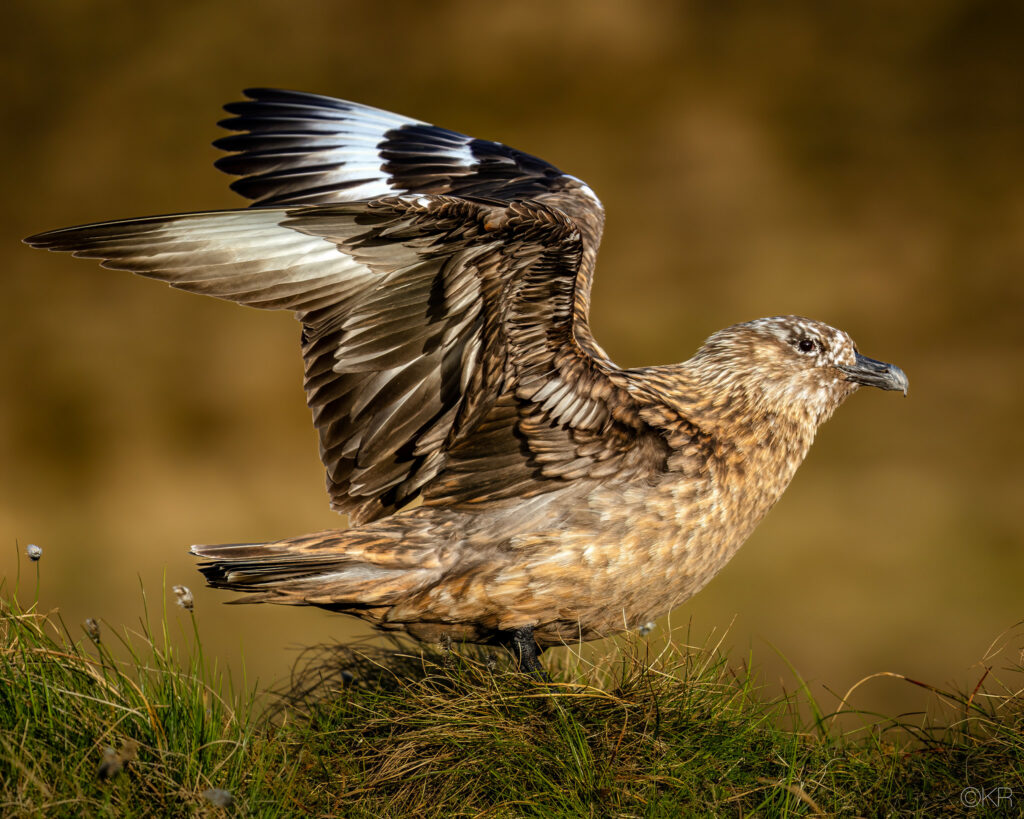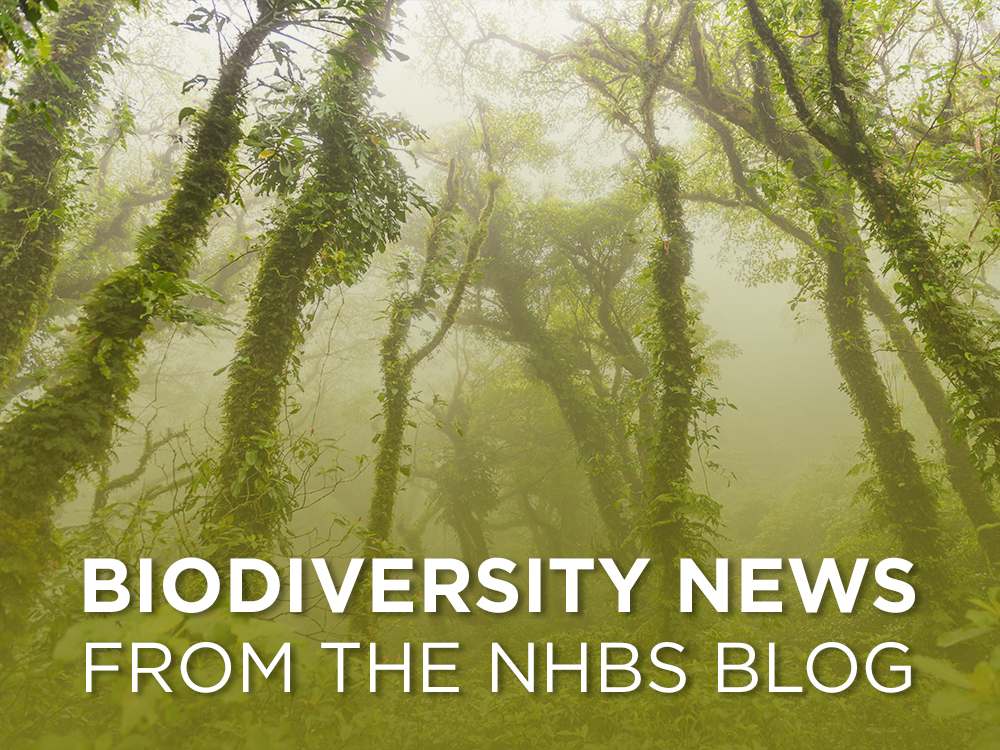Environment
The National Trust has reached a significant nature target a year early. The charity strived to restore 25,000 hectares of crucial habitat across the UK by 2025, including peatland, woodland, wetland, meadow and saltmarsh, and succeeded in doing so in August this year. The restoration comes as a response to climate change and national conservation targets and seeks to expand meadows and woodland to create a connected network for wildlife.
Eighty Water Voles have been released to restore ancient landscapes in Cornwall. Considered ‘ecosystem engineers’ these mammals are known to positively impact soil health and plant diversity through grazing and enhanced nutrient transportation. The voles were released along the River Fowey to improve the surrounding wetland habitat created in 2022. A further 120 have been released near Megavissey, and more releases are planned for spring next year.

Three years of restoration work have seen the return of endangered birds in Hertfordshire. Work has come to a close on the Ashridge Estate, the largest woodland maintained by the National Trust – over 24 hectares have been restored by clearing dense areas of plantation, which has allowed more light to reach the ground through the canopy. Greater access to sunlight has improved biodiversity and the availability of food sources, and the clearing will provide suitable conditions for many breeding birds, including Spotted Flycatchers which have been spotted on the estate after several years of absence.
Conservation
Conservationists are relocating Florida’s Queen Conches in a bid to support their reproduction. This iconic mollusc has undergone significant declines in recent years, accelerated by increasing ocean temperatures causing lethargy and infertility for individuals residing in warmer, shallow waters. By relocating these gastropods to deeper, colder waters, researchers are providing new mating opportunities in a more suitable environment. Listed as threatened under the Endangered Species Act, this project is helping to ease reproductive pressures on this species.

In August, the UK government announced a goal to end all badger culls by the end of this parliamentary run. The news was announced as part of a new scientifically–informed and evidence-based eradication strategy for bovine tuberculosis, which hopes to eradicate the disease by 2038. In the past decade, over 230,000 badgers and 278,000 cattle have been slaughtered, costing the taxpayer over £100m each year. Badgers will instead be vaccinated and released, and a dedicated task force will be formed to ramp up vaccination rates.
Wildlife
Five species of seabird have been added to the UK red list. Arctic Tern, Great Skua, Leach’s Storm Petrel, Common Gull and Great Black Backed Gull have joined the list of species most in need of conservation, following population declines due to a number of pressures including climate change, habitat loss and unsustainable fishing. Over 30% of all British birds are currently on the list including Kittiwakes, Puffins and Arctic Skuas, among others.

Researchers have found promise in the medicinal plants used by critically endangered Western Lowland Gorillas in Gabon. The group studied the tropical plants eaten by gorillas in Moukalaba Doudou National Park and found four trees also used by local healers. They are high in antioxidants and antimicrobials, and one tree is a promising candidate for tackling superbugs. All four species (Fromager trees, Fig Tree, African Teak and Giant Yellow Mulberry) show activity against a resistant strain of E. coli and contain chemicals with medicinal effects useful for treating a range of ailments.

